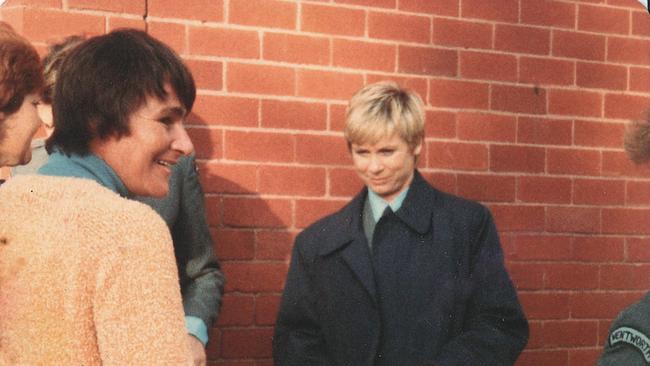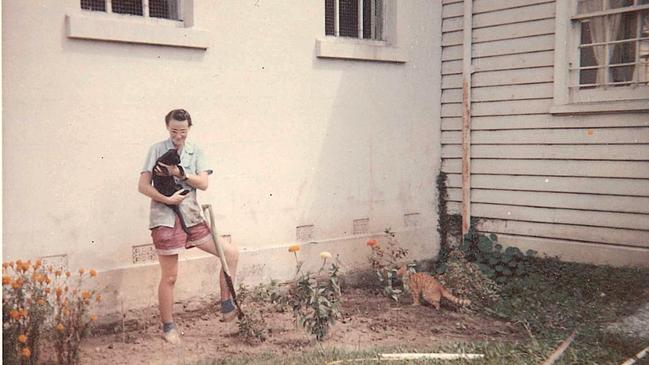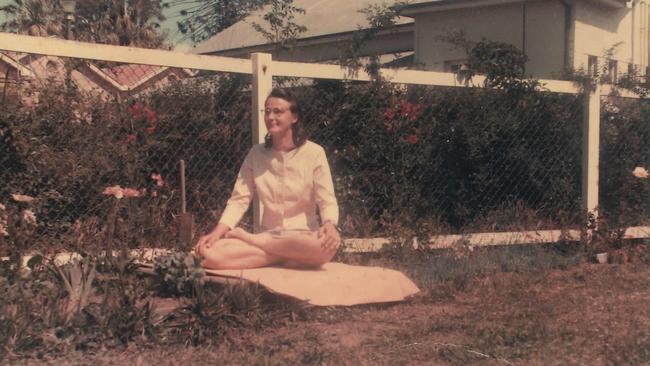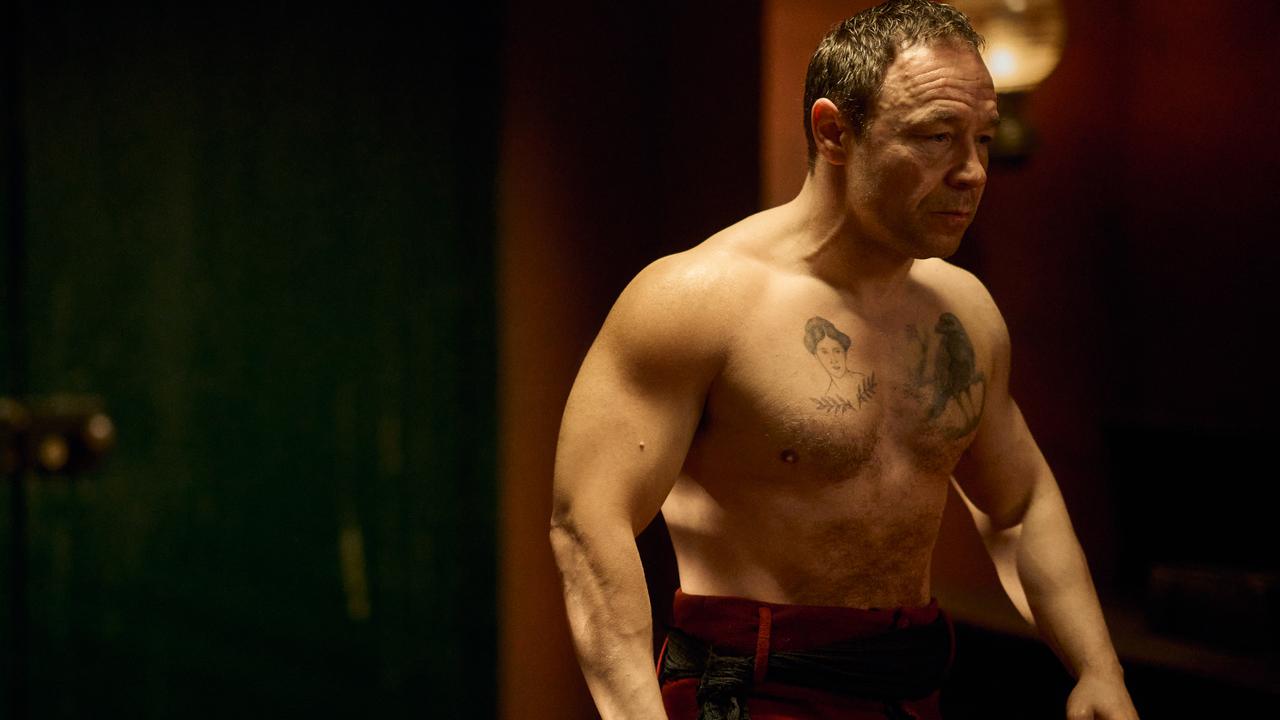Betterment behind bars for NSW’s longest-serving female prisoner
Nurse Sandra Willson hailed a taxi and asked the driver to take her to a remote location. When he stopped to consult a map, she shot him in the back of the head.

In 1959, a 20-year-old trainee nurse, Sandra Willson, hailed a taxi and asked the driver to take her to a remote location. When he stopped to consult a map, she shot him in the back of the head.
The court was told that Willson had been devastated by a break-up of a passionate relationship with a female lover. But, of course, homosexuality was itself suspect in 1959. She was found not guilty of murder by reason of insanity and sentenced to what used to be known as “his Governor’s pleasure” – meaning she would not be released until she could prove herself sane.
Willson subsequently became NSW’s longest-serving female prisoner. For 18 years, she shuttled between prison and psychiatric facilities. In spite of her mother’s early warning – “Don’t write anything down” – she kept journals and wrote letters, which now form the basis of an extraordinary new work called Between Me and Myself.
Historian Rebecca Jennings, an associate professor in modern gender history in the history department at University College, London, and author of Tomboys and Bachelor Girls: A Lesbian History of Post-war Britain (Manchester University Press, 2007) and Unnamed Desires: A Sydney Lesbian History (Monash University Publishing, 2015), has collected Willson’s writing to create a truly compelling account of one woman’s pained search for self-understanding and betterment behind bars.
Willson had a difficult childhood.
Born in 1939 in Sydney to working-class parents, she had feelings for women before she knew how to articulate them, and quickly became a tomboy, hoping her rough exterior could help with survival.

By her teens, she was wayward and suicidal and assaulted a girl at school, which saw her taken to the Girls Shelter and Training School in Parramatta.
She had a series of run-ins with the police, the penal system and psychiatric facilities during adolescence. Willson records all this in a cool and distant tone, deftly capturing the cynicism and alienation she held against everything in life, as she was bounced between institutions who simply criminalised her mental illness and her homosexuality (she uses this word, instead of lesbianism.)
By 19, Willson had gained some control of her life and started training as a psychiatric nurse.
But her mental health again unravelled and ruined any small inroads she had previously made: “I started to disintegrate … at a time when I was maybe more mental than any of my charges [patients].”
There were romantic encounters with other women, many of whom she pursued in a desperate search for companionship and emotional shelter.
Then, one intense, if unrequited, relationship imploded. Willson snapped and believes that she was madly trying to assert some control over her life when she decided to kill an innocent taxi driver to alleviate life’s unshakeable “numbness”.
“People had hurt me, had taken from me the only dearest thing I possessed. Now I had paid them back,” Willson writes.
Willson found prison more difficult than her earlier stays in other institutions. In prison, her significant psychological issues were poorly understood, and she was pinballed between prison and psychiatric facilities, deteriorating as she went.

After more than a decade in detention, a political group known as Women Behind Bars picked up her case. The group – including feminists Wendy Bacon and Anne Summers – pushed the NSW government to finally grant Willson parole. While in contact with the group, Willson was awakened to the teachings of feminism, gay and lesbian liberation and anti-prison activism, much of which informed her own causes in later life.
Willson was finally freed from prison in 1977.
Her later years became dedicated to penal reform, in particular for providing ex-female inmates with housing, counselling and a safe community to rehabilitate before rejoining society.
This work attracted the producers of Prisoner who consulted with her for the TV show. (Some have speculated that character Judy Bryant was a loose portrayal of Willson herself.) In 1999, Willson died.
Her writing was preserved by close friends.
Between Me and Myself is a moving testament to one woman’s determination to rehabilitate herself. It is also a social commentary. Society gave too much of a damn about her sexuality, and the state gave too little about her mental illness.
Willson believed that she had in the end achieved self-knowledge and betterment: “It was society’s mores that hound[ed] me, as it did all things it could not comprehend.”
Nathan Smith is a freelance writer



To join the conversation, please log in. Don't have an account? Register
Join the conversation, you are commenting as Logout